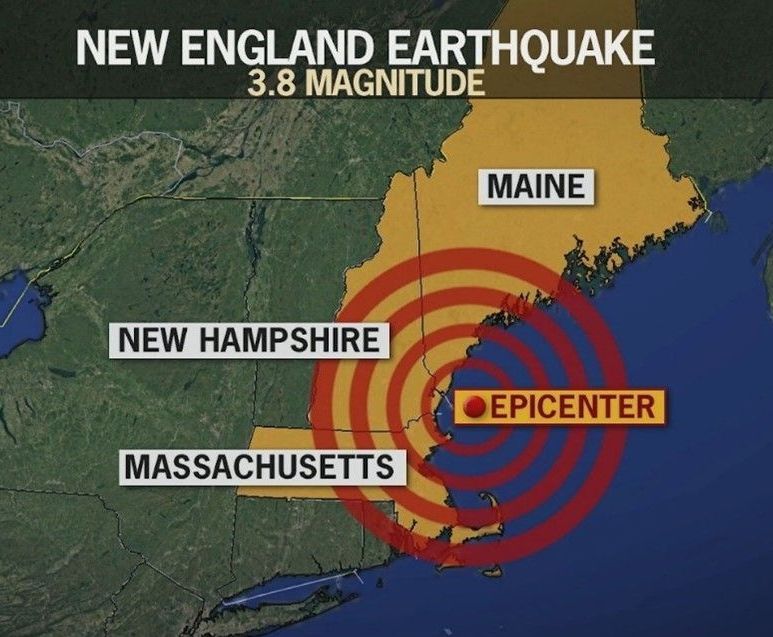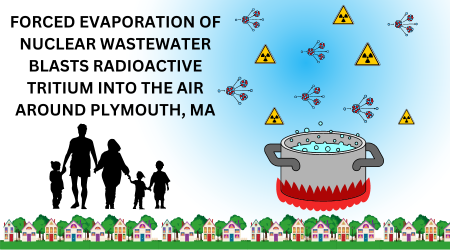A Tornado in the Midst of a Pandemic
- By Dave Lochbaum
- •
- 04 May, 2020
Nuclear expert says FEMA, NRC must coordinate in disaster preparedness

After a recent tornado in Tennessee, Dave Lochbaum witnessed emergency response procedures that directly conflicted with priorities for containing the Covid-19 pandemic. He argues that the US government must do more to ensure that public safety would be protected after a severe nuclear accident in the midst of the pandemic. A nuclear safety consultant, Lochbaum worked as a nuclear engineer in nuclear power plants for 17 years. He recently retired from the Union of Concerned Scientists (bio), and serves on C-10's Advisory Board. Shortly before midnight on Apr. 12 an EF-3 tornado with wind speeds up to 140 miles per hour touched down where I live in southeastern Chattanooga within Hamilton County, Tennessee, toppling trees and ripping roofs off stores, houses, apartments and retirement homes. Piling one emergency on top of another, the tornado provided a graphic and alarming example of why emergency preparedness is so important and why even in a reasonably well-prepared area such as Hamilton County the response can fall short. It also demonstrated a conundrum for emergency planners: the coronavirus emergency measures include social distancing and hygiene steps intended to contain the spread of the deadly disease. But the tornado required first responders to rescue more than 140 persons trapped by collapsed structures and downed power lines and take them to temporary shelters where social distancing was impossible. The Chattanooga tornado highlighted conflicting responses to concurrent emergencies. The response to the Covid-19 emergency involves social distancing and facial masks to limit potential exposure to and spread of the lethal virus. The response to the tornado involved close personal contacts without PPE, forcing responders and victims to choose which emergency protocols to follow. Similar to tornado response measures, the on-site and off-site responses to a nuclear emergency conflict with the Covid-19 response protocols. The onsite response includes staffing both a technical support center with trained, qualified individuals to monitor the plant and direct mitigation measures, and an operations support center with support personnel to repair disabled safety equipment and/or install backups. The off-site response may entail the governor ordering the evacuation of citizens to temporary shelters. The response procedures to nuclear emergencies, extreme nature emergencies, and pandemic emergencies have been developed and honed by lessons learned from events and exercises. The problem is not how individual plans respond to their specific emergency, but how nuclear emergency and extreme nature emergency response plans are implemented during a pre-existing pandemic emergency. The middle of a dark, stormy night or the stressful period ahead of a looming reactor meltdown is not the best, or even second best, time to figure out how to adjust Covid-19 protective measures for proper alignment with other emergency response needs. Continue reading Lochbaum's piece in
Nuclear Intelligence Weekly. |
Follow us



